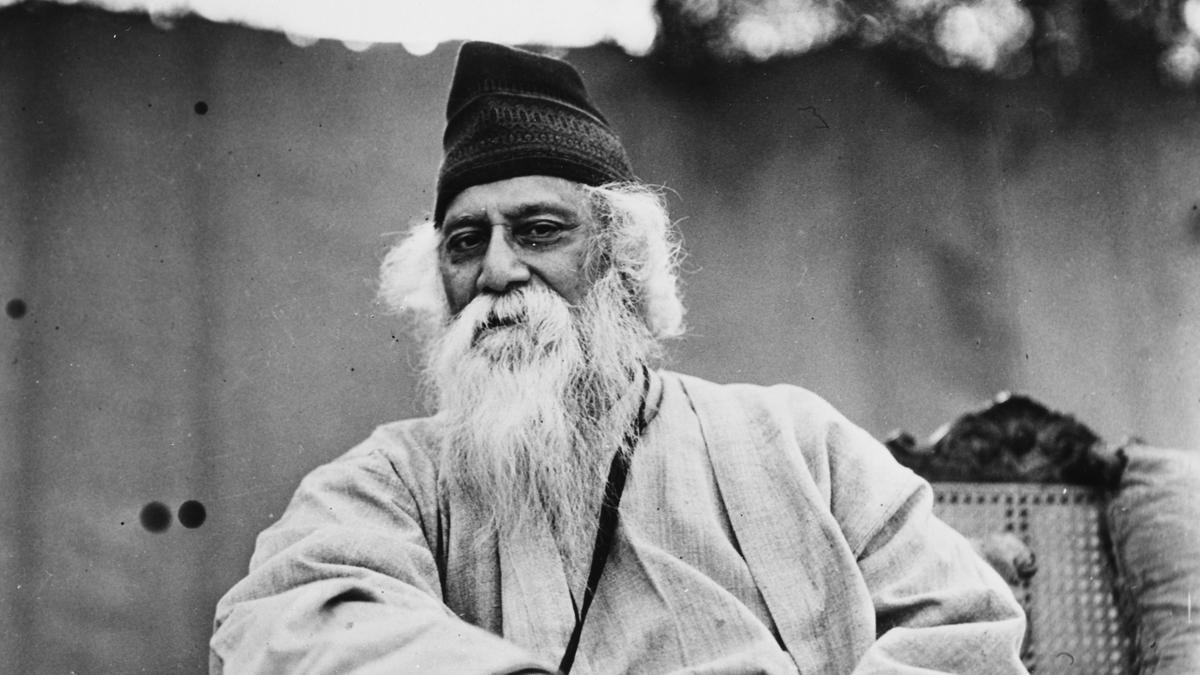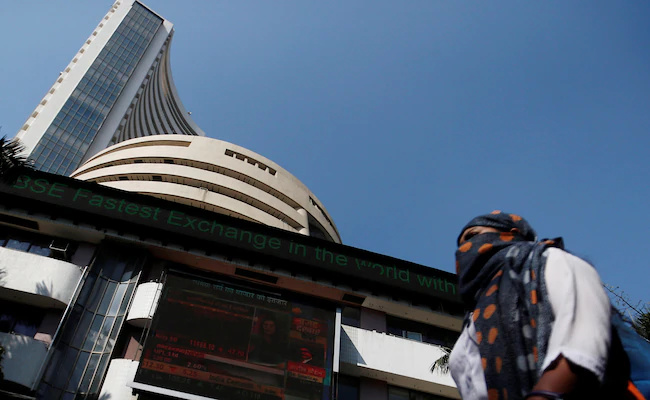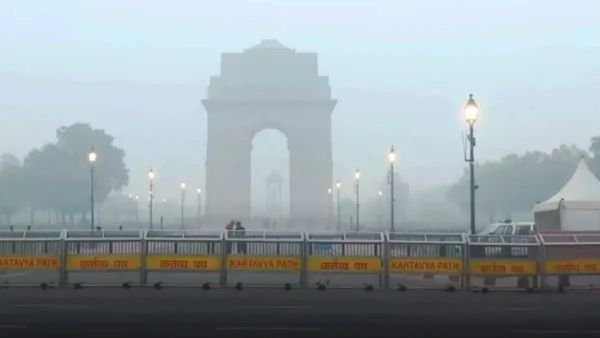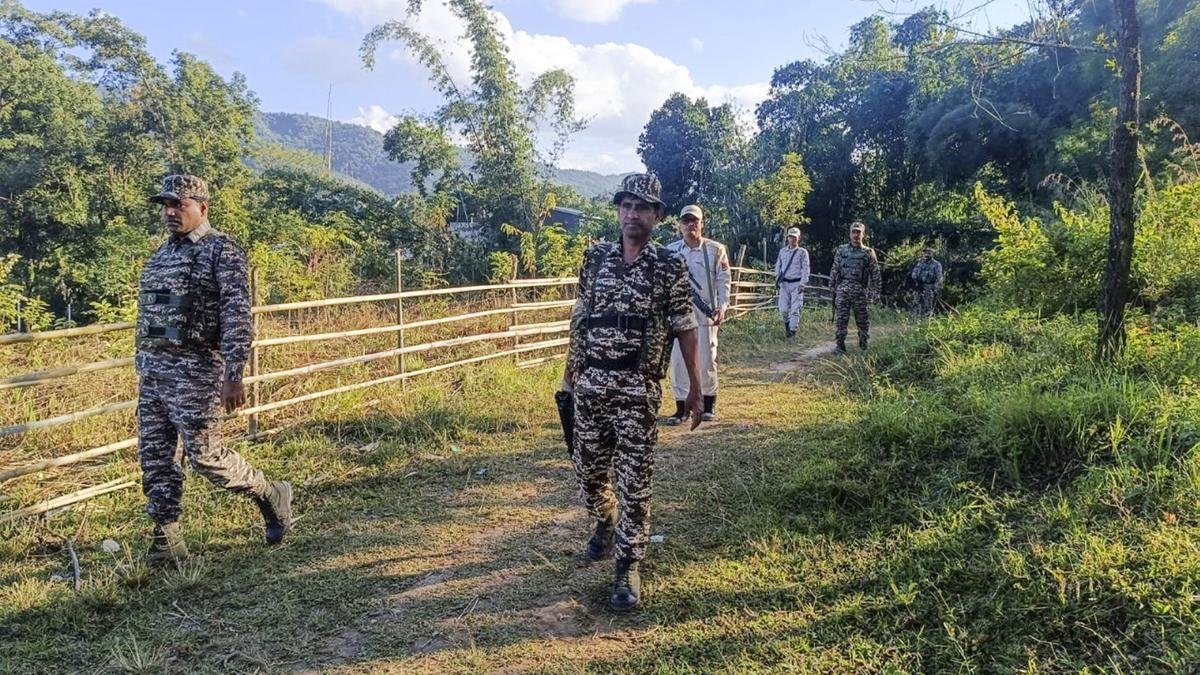‘Not every property owned by individual can be material resource of community’: SC 9-judge Bench
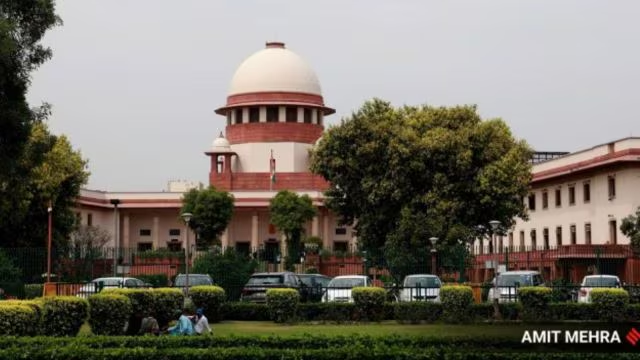
The Supreme Court, in a significant judgment regarding citizens’ property rights, declared on Tuesday that Article 39(b) of the Constitution does not classify all private properties as “material resources of the community” subject to redistribution.
The majority opinion of the Supreme Court stated that while the term “material resource” in Article 39(b) of the Constitution may encompass privately owned resources, it does not necessarily cover all privately owned resources.
In a ruling led by Chief Justice of India D Y Chandrachud, supported by Justices Hrishikesh Roy, J.B. Pardiwala, Manoj Misra, Rajesh Bindal, Satish Chandra Sharma, and Augustine George Masih, Justice BV Nagarathna provided a concurring opinion. Justice Sudhanshu Dhulia, however, dissented from the majority.
The constitutional reference, which has been pending since 1992, has now overturned numerous years of Supreme Court legal decisions on the matter. Previous judgments asserting that both public and private assets are considered part of the “material resources of the community” under Article 39(b) originated from a dissenting opinion by Justice Krishna Iyer in the case of State of Karnataka v Shri Ranganatha Reddy (1977). A significant ruling by a constitution bench in 1982, in the case of Sanjeev Coke Manufacturing Company vs Bharat Cooking Coal Ltd, upheld Justice Iyer’s perspective.
The prevailing stance of the Supreme Court differs from Justice Iyer’s perspective, asserting that he had a broad interpretation by encompassing all resources fulfilling material requirements under the phrase. The Court implied that any government endeavors to nationalize such resources would fall under the purview of article 39(b).
Part IV of the Constitution, known as the “Directive Principles of State Policy” (DPSP), includes Article 39(b), which mandates that the state formulate policies to ensure that “the ownership and control of the material resources of the community are distributed in a manner that serves the common good”. While the DPSP serve as guiding principles for legislation, they do not have direct enforceability in the courts.
The consensus leaned towards the opinion that Justice Iyer’s “interpretation implies support for a specific economic ideology. Stating that article 39 b encompasses the distribution of all private resources signifies backing a particular economic ideology and framework for our economy.” It was suggested that Iyer’s ruling, as seen in the Sanjeev Coke case, “was swayed by a specific economic philosophy. This is apparent from the various remarks articulated in these decisions.
The consensus was that considering private property as part of the community’s material resources under article 39(b) meets only one condition of the provision, namely that the goods must qualify as a resource. Yet, it overlooks the essential conditions that these resources must be both tangible and communal. The inclusion of the terms “material” and “of the community” carries significance and should not be dismissed as mere surplus. It is crucial to distinguish the communal aspect from individual ownership.
The provision of Article 39(b) is carefully worded to neither encompass all individual resources nor exclude privately owned assets. The deliberate choice of using the term “community” rather than “state” suggests an intent to incorporate certain privately owned resources within its scope. While not all privately owned resources are necessarily included, the language implies that some may fall under the ambit of the provision. It strikes a balance by not categorically excluding private resources and leaving room for interpretation within the stated framework.
The statement further clarified that the judgments questioned in the aforementioned reference are flawed when suggesting that an individual’s resources automatically belong to the community, thereby implying that all private property falls under the category of material resources of the community.
The Supreme Court emphasized that its primary function is not to establish economic policies but to support the framers’ desire to establish the groundwork for an economic democracy. The broad and inclusive nature of the constitution has enabled successive elected administrations post-independence to implement economic changes and strategies tailored to local circumstances, global needs, and current political demands.
Chief Justice of India DY Chandrachud, in his majority opinion, reflected on India’s economic growth journey. He highlighted how, post-independence in the 1950s and 60s, the government emphasized planning a mixed economy, developing heavy industries, and implementing import substitution policies due to the challenges faced by the Republic. This approach transitioned towards socialist reforms and policies from the late 1960s to the 90s. However, since the 1990s, known as the era of liberalization, India has been progressively embracing market-based reforms.
In contemporary times, the Indian economic landscape has shifted from being solely reliant on public investment to a scenario where public and private investments coexist harmoniously. The flaw identified in the Krishna Iyer method was its insistence on a strict economic doctrine advocating for heightened state authority over private assets as the sole foundation for constitutional governance. India’s economic journey demonstrates a continuous rejection by both the constitution and its guardians, the voters, of any singular economic ideology claiming absolute truth.
The court highlighted that the citizens of India, actively engaged in a diverse, multiparty economic democracy, have elected governments with diverse economic and social agendas to address the nation’s changing developmental needs and hurdles. The prescient decision of our founding members to institutionalize an economic democracy and place faith in the judgment of the elected authorities has been instrumental in propelling India’s economy to a remarkable growth trajectory, positioning it among the globe’s swiftest expanding economies.


